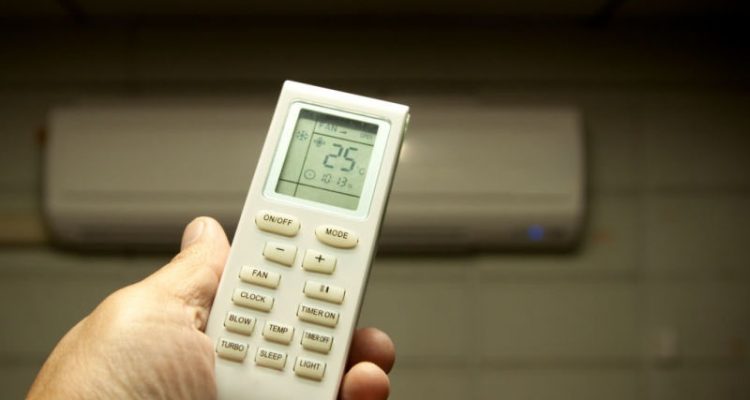Inverter ACs were introduced in the Indian markets just for the sake of trial and had a lot of skepticism around them initially as to whether they would be able to survive the test of time and Indian weather. However, the fate of these appliances has made them gain an international status today and they doing well in the Indian subcontinent as well due to the fact that they tend to save a significant amount of electricity when compared to the normal ones. However, right after they started gaining recognition in the market, these inverter ACs were questioned as they didn’t come with star ratings that would suffice for their authenticity. SEER or ISEER for inverter ACs are such ratings that are used to determine the energy efficiency of these appliances and in this write-up, you would be able to find out everything that you need to know about them.
The main aim of calculating the Seasonal Energy Efficiency Ratio (SEER) is the fluctuation in the temperature that one gets to see throughout the year. With these changes, cooling needs to be adjusted accordingly. Since SEER may vary for different countries, Bureau of Energy Efficiency (BEE) has specifically defined ISSER for Indian SEER which is defined as the ratio of the annual amount of heat which the equipment removes while cooling to the total heat that is consumed by it during the same course of time. The ISSER is thus used to produce star rating according to the different models of the ACs and which determines how they would be able to operate around the year. It is the sole responsibility of the customers to take the information regarding the ISSER for the inverter ACs from their manufacturer. And in addition to this, you should also confirm a few other factors as well which are as follows:
- Rated Cooling Capacity (for 100% and 50% load): It is used to calculate the cooling capacity at two different loads i.e., 100% and 50%.
- Maximum Cooling Capacity: This measure is used to determine the cool capacity according to the marketing tonnage. For instance, in the case of 1 ton AC, the cooling capacity is calculated to be 1.2 ton according to the standards specified by BEE.
- Rated and Half Power Input: It is the power consumption in watts when the AC runs at 100% and 50% load or at the marketing tonnage.
- Maximum Power Input: It is defined as the power consumption when the AC runs at the maximum tonnage which it can achieve.
- Cooling Seasonal Energy Consumption: It is the annual power consumption measured according to the BEE standards.
The most confusing thing for a consumer to understand is the difference in the star rating across segments such as a window, split or inverter. Although ISEER can be applied to the fixed speed ACs as well, it is not actively used for now and the rating standards are primarily based on EER. On the basis of these ratings, you would be able to differentiate between the efficiency of the inverter AC with that of a window AC for instance.
According to the reports, the new standards of the rating system are voluntary and the users would need to insist the manufacturers for the ratings if they want to determine the efficiency of their air conditioner. All in all, the ratings provided by the BEE are considered to be a great move as the consumers will now be able to save on their electricity bills to a significant level and maintain the prior knowledge regarding the functioning of the air conditioner during its entire life capacity.


